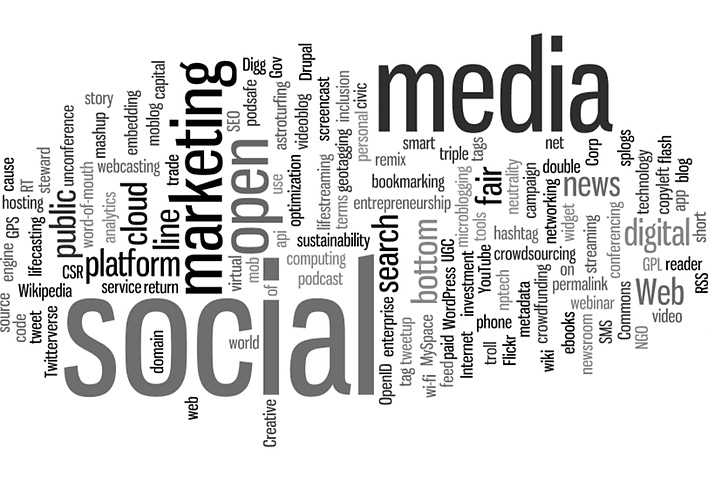When it comes to employee training, many program leaders struggle with the idea of making the learning process engaging and fun. In an attempt to make sure employees are fully prepared for their roles in the workplace, traditional methods of instruction can often seem dry and uninspiring, leaving learners feeling unmotivated and disengaged.However, if employees don’t find value in their training or take away meaningful insights during the process, then organizations risk wasting both time and resources.
Fortunately, by utilizing a few simple tactics, you can transform your employee training program into an enjoyable experience that everyone will get something out of. In this post, we’ll delve into how providing stimulating content as well as interactive elements can create a more successful training environment that your team is sure to love.
Create an interactive environment to keep learners engaged.
In the current age of technology, learning has become an interactive and engaging experience. Developing an interactive environment is essential to keeping learners interested and invested in the topic at hand. With innovative tools such as virtual reality, gamification, and group discussions, learners have the opportunity to feel immersed in the learning experience instead of being passive listeners.
Flashcards, quizzes, and interactive games bring an element of fun and playfulness to the classroom, facilitating retention and understanding. By keeping learners engaged, they can develop a deeper understanding of the subject matter and apply it to real-world situations. So whether it’s through digital or physical means, an interactive environment is paramount to cultivating an exciting and effective learning experience.
Use a variety of teaching methods, such as videos, presentations, and games.
Teaching can be a challenging task as learners have different learning styles. However, incorporating a variety of teaching methods can help make the process easier and more effective.
By using videos, students can visualize complex subjects and concepts. Presentations can also be a great way to break down information into easily digestible pieces, ensuring learners grasp the content fully. Incorporating games into the teaching process can also make learning more engaging and enjoyable.
These interactive activities not only help retain information but also foster collaboration, critical thinking, and problem-solving skills. Educators who use a variety of methods in their teaching can help ensure their learners have a more well-rounded experience that caters to different learning styles.
Encourage collaboration with team-building activities.
In today’s fast-paced business world, collaboration between team members is crucial to achieving success. However, encouraging people from diverse backgrounds and with different personalities to work together can be challenging. That’s why team-building activities are so important: they provide an opportunity for your team to bond, learn about one another, and develop trust.
Through fun and engaging activities, your team can develop effective communication skills, increase problem-solving abilities, and learn how to support each other to achieve their common goals. By making team building a priority, you can create a collaborative work environment that leads to greater productivity and success.
Make the training relevant to the employees’ job roles.
In today’s fast-paced and dynamic work environment, employee training and development are essential to keeping pace with evolving industry trends and best practices.Organizations invest heavily in employee training programs to enhance their skills and knowledge, but without proper alignment to job roles, the effectiveness of these programs can be limited.Any employee development initiative should be tailored to meet the unique needs and responsibilities of each job role to maximize its impact.
Celebrate milestones and successes throughout the program.
As we journey through this program together, it’s important to take a step back and recognize all that we’ve accomplished along the way.From the small wins that brighten our days to the major milestones that mark our progress, there is so much to celebrate.
These moments of success not only show us how far we’ve come but also provide fuel for our continued motivation and momentum.Let’s make it a priority to acknowledge and honor these achievements throughout the program, because each one is cause for celebration and a testament to the hard work we’re putting in.
Provide rewards for completing tasks or objectives within the training.
Motivation can be a key factor in ensuring that employees complete their tasks and objectives during training effectively. One way to increase motivation is by providing rewards for their accomplishments.
Rewards can range from small incentives such as gift cards or certificates of completion to larger rewards such as promotions or bonuses. Not only would these rewards encourage employees to work harder towards their goals, but they would also create a sense of accomplishment and reward for their efforts. In turn, this would foster a positive work culture and help employees feel valued and appreciated.
All in all, providing rewards for completing tasks or objectives is a great way to boost morale and promote productivity in the workplace.
Planning the right employee training program is essential if companies want to maximize the effectiveness of their learning environment.
By creating an interactive and engaging setting, utilizing diverse teaching methods, and encouraging collaboration, teams can stay focused, motivated, and productive during the training process.
Making courses as relevant as possible to employees’ job roles also helps them apply concepts and processes in their daily work activities. Finally, recognizing individual milestones and successes and providing rewards throughout training will keep learners engaged and allow more knowledge to be acquired from each session. With proper planning and structure, an effective employee training program can be created that will keep employees motivated on their learning journey for the long haul.






